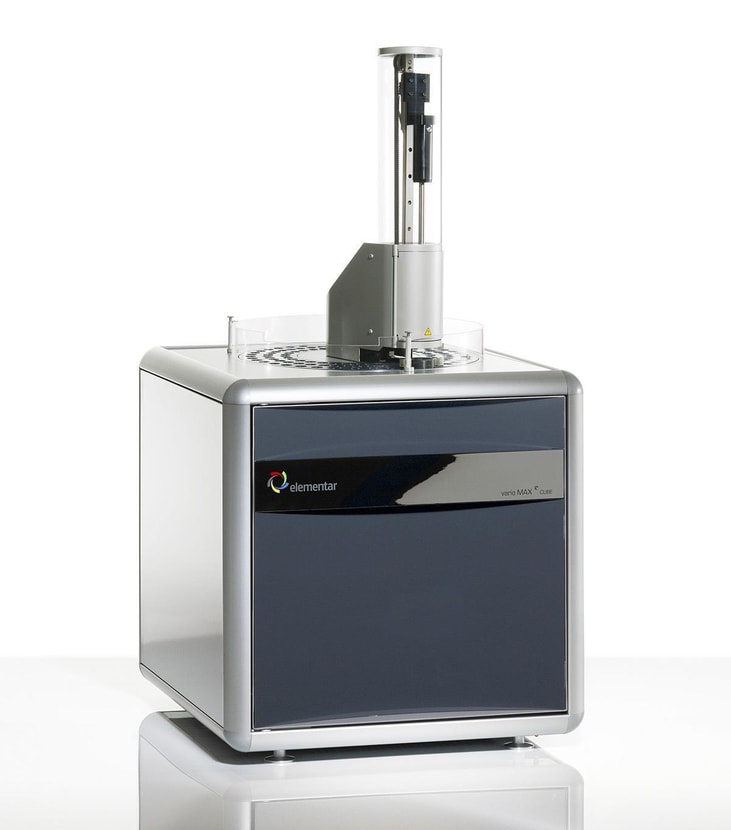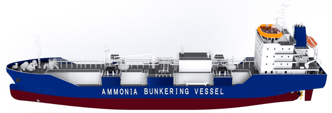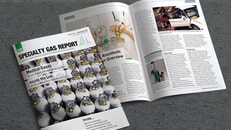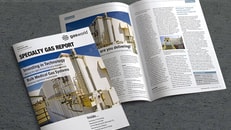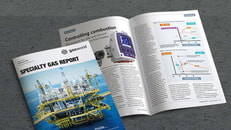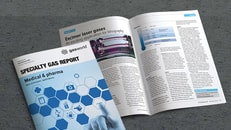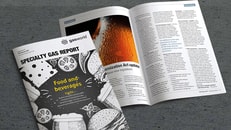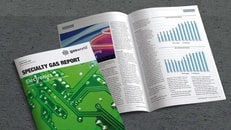Laboratory Instrument Design in the Era of High Helium Prices
While the Pittcon show consistently showcases an abundance of cutting edge products, equipment, and technology, certain booths or demonstrations offer more for the specialty gas audience than others. This year, a company called elementar featured and presented a CN analyzer that uses argon instead of helium as a carrier gas. The presentation was captivating, and worth sharing with SGR readers.
Elemental analyzers that determine carbon and nitrogen in various samples fall into a special category of analytical laboratory instruments known as combustion analyzers, CN analyzers, or EAs. Within these analyzers, samples such as soil, leaves, food/feed, polymers, and fuels are combusted at around 1000°C in the presence of oxygen. The existing carbon and nitrogen are oxidized, then separated from each other. Nitrogen oxides are reduced to nitrogen gas (N2). At this point, carbon dioxide (CO2) and N2 flow separately to a detector using carrier gas.
Gases used in a combustion analyzer need to do a number of things. They must carry analyte gases through the analyzer to the detector, and they must support oxidation of the carbon and nitrogen. At the same time, they must not introduce contaminants into the gas stream nor interfere with detection. For total carbon and total nitrogen measurements in the high parts per million (ppm) to percent levels, carrier gases with ultra high purity (UHP) grade or four nines purification are required.
Helium — The Traditional Choice of Carrier Gas
Helium (He) has been the carrier gas of choice in CN analyzers for a number of years. Combustion analyzers take advantage of the difference in thermal conductivity between pure carrier gas in a reference cell and a mixture of analyte gas and carrier gas in a measuring cell. Both measuring and reference cells are kept at constant gas flow and constant temperature. The difference in temperature between the pure carrier gas and gas mixture can be measured, and then the concentration of carbon and nitrogen can be determined. The wider the difference between the thermal conductivity of the carrier gas and the measuring gases, the more sensitive and precise the resulting measurements will be. (See Table 1.)
... to continue reading you must be subscribed

